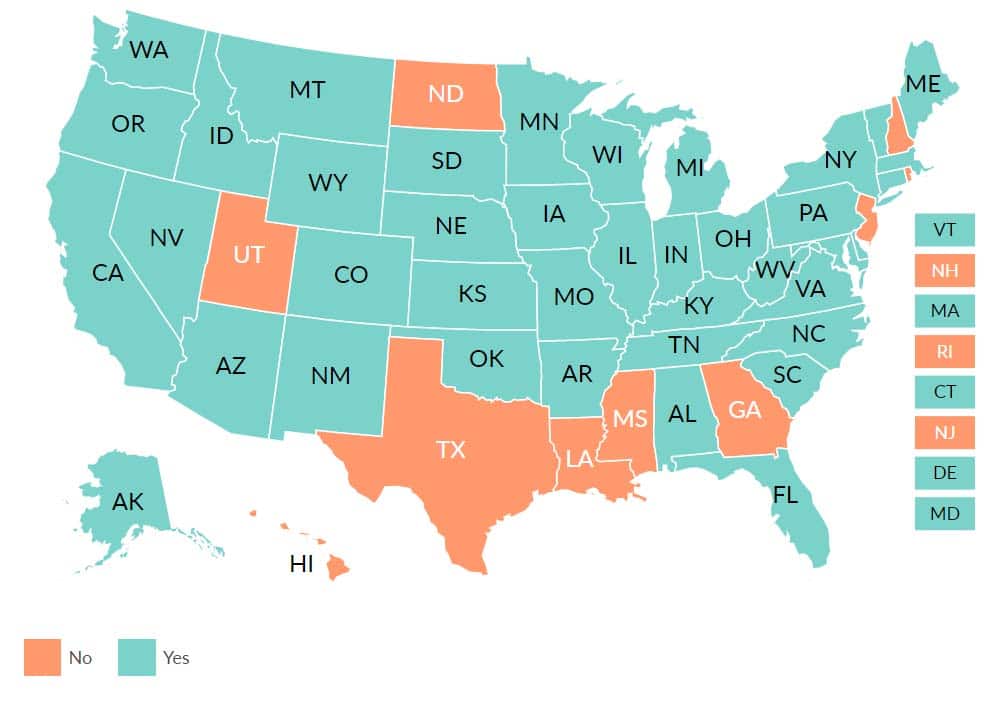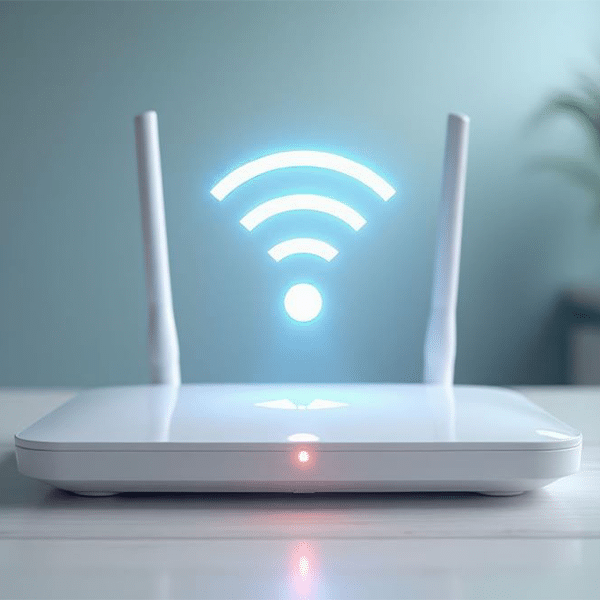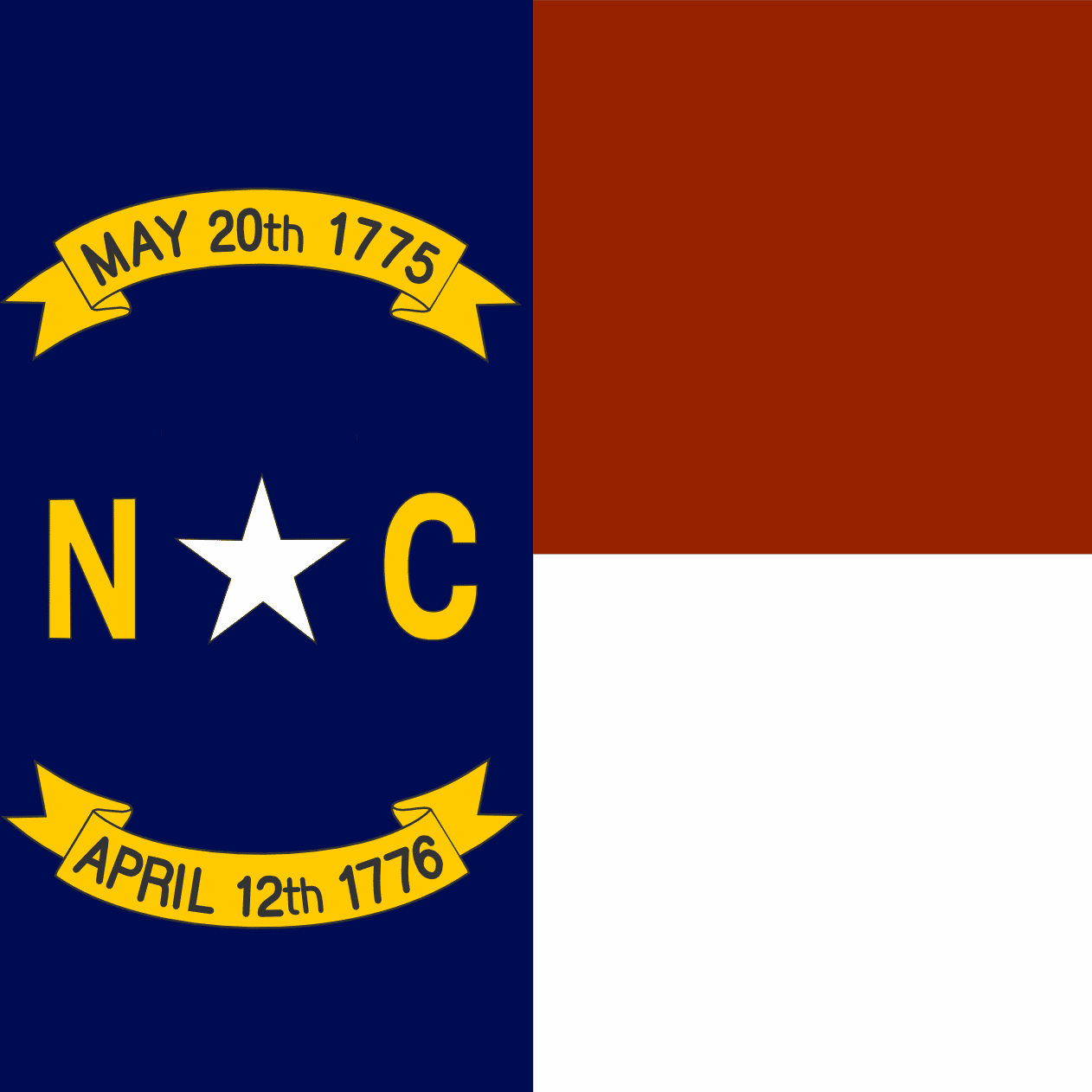Forty states now have broadband funds, according to new research from Pew Charitable Trusts. The 10 states that don’t have them are North Dakota, Utah, Texas, Louisiana, Mississippi, Georgia, New Hampshire, Rhode Island, New Jersey and Hawaii.
Pew Charitable Trusts has been following state broadband programs for several years and over that time, the researchers have noted increased state involvement. The latest data from the researchers also shows that all but three states – Kentucky, New Hampshire and Mississippi — have a state broadband agency.
Federal Policies Fuel the Trend
Federal policies aimed at spurring greater state involvement in broadband undoubtedly have contributed to the changes that the Pew researchers have seen.
The CARES Act passed last year to provide economic stimulus during the COVID-19 pandemic allocated billions of dollars to state and local governments, and states were allowed to use funding for a variety of purposes, including for broadband. Some states allocated a large portion of their CARES Act funding for that purpose.
The American Rescue Plan Act (ARPA) voted into law earlier this year includes $350 billion in COVID-19 relief funding that will go to state and local governments and can be used for broadband and other projects.
And the new Broadband Infrastructure Program, also voted into law this year, directs broadband funding directly to the states. That program, to be administered by the National Telecommunications and Information Administration (NTIA), has a budget of $288 million that will only go to projects that involve partnerships between states and service providers.

The Pew Charitable Trust database about state broadband programs is available for download. Interested parties also can view information about broadband agencies, funding programs, task forces and offices by state on an interactive map at the same link.



